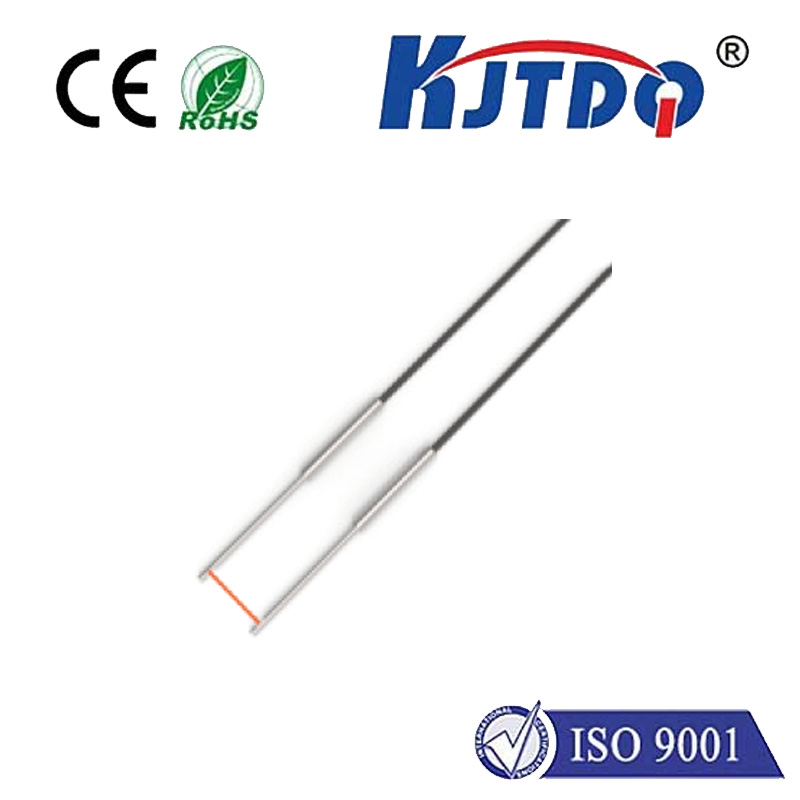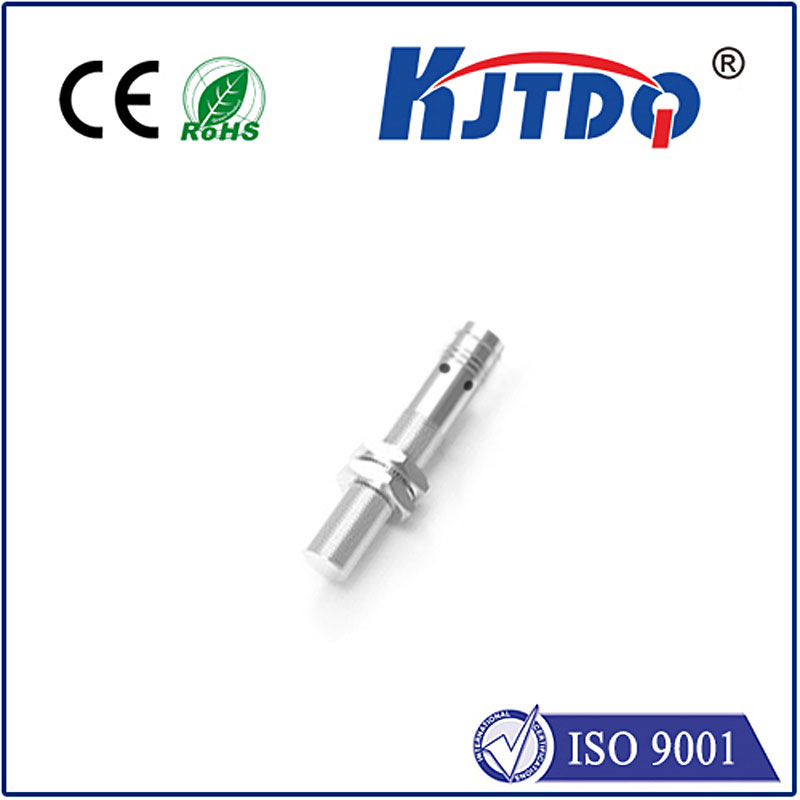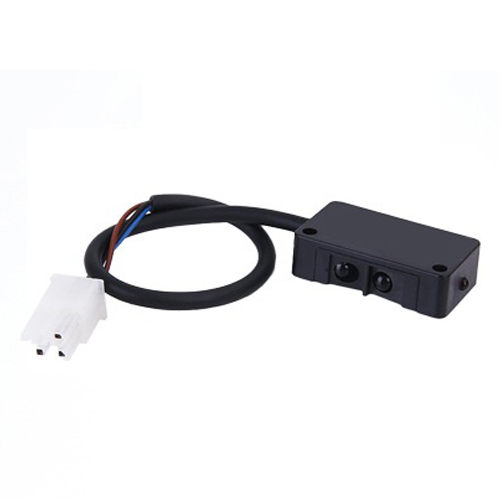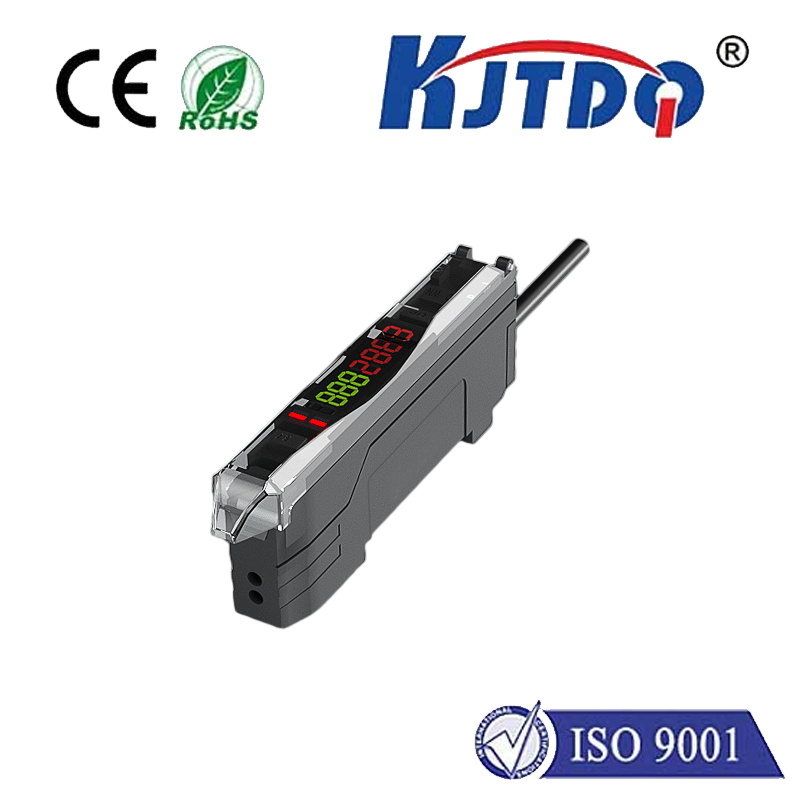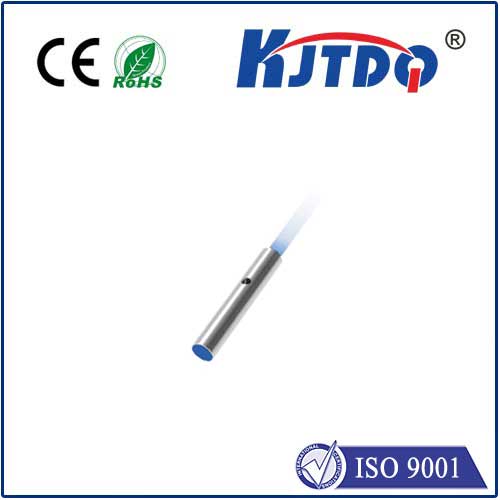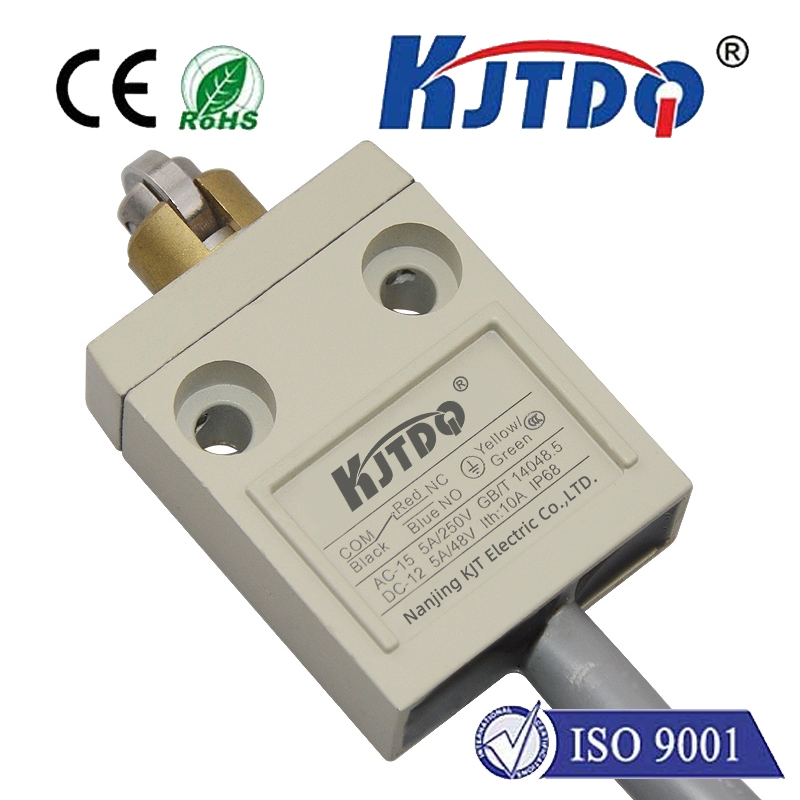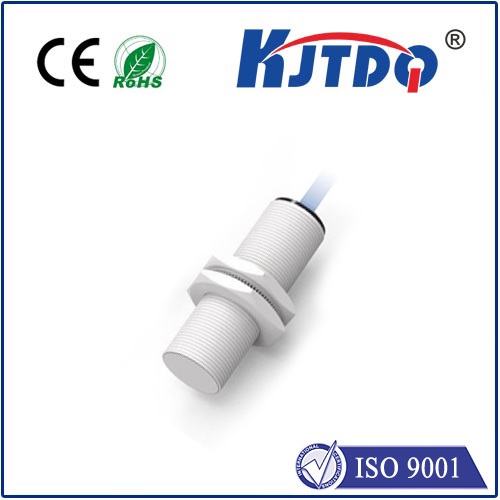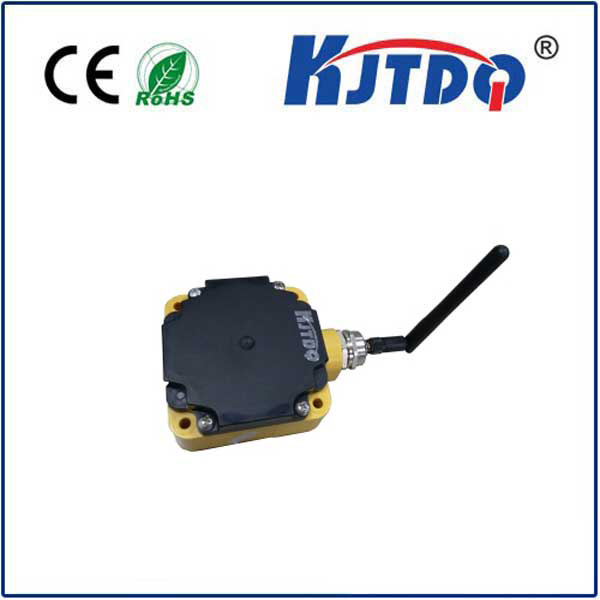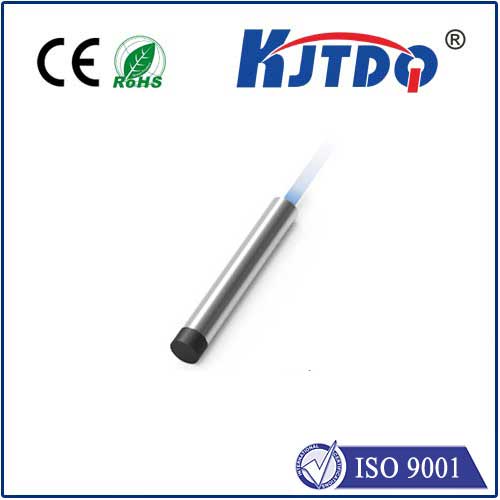precision laser distance sensor
- time:2025-08-27 14:57:32
- Click:0
Precision Laser Distance Sensors: Revolutionizing Measurement Accuracy
Imagine measuring the exact width of a human hair from across a room, tracking the minute vibration of a bridge in real-time, or ensuring robotic arms place components with nanometer precision—all without physical contact. This isn’t science fiction; it’s the everyday reality enabled by precision laser distance sensors. These sophisticated instruments harness the unique properties of light to deliver unparalleled accuracy, speed, and reliability in distance measurement, fundamentally transforming countless industries.
The Core Principles: Light as a Measuring Tape
At their heart, precision laser distance sensors operate on well-established optical principles. The most prevalent methods are:
- Time-of-Flight (ToF): This technique measures the time it takes for a pulsed laser beam to travel to the target and back to the sensor. Since the speed of light © is a constant (~3 x 10^8 m/s), the distance (d) is calculated simply as *d = (c * t) / 2*, where t is the measured time. Modern electronics enable incredibly precise time measurement, leading to high accuracy, even over longer ranges. This method is highly effective for medium to long-range laser distance measurement.
- Laser Triangulation: This method is ideal for close-range, high-precision applications. The sensor projects a laser spot onto the target. A high-resolution imaging element (like a CCD or CMOS sensor), positioned at a known angle to the laser emitter, detects the position of this reflected spot. As the target distance changes, the position of the spot on the imaging element shifts. Using trigonometric calculations, the sensor determines the exact distance with exceptional accuracy, often down to the micron level. This is a cornerstone of precision laser distance sensing for demanding industrial tasks.
Both methods offer distinct advantages: ToF excels in speed and longer ranges, while triangulation provides superior resolution for short distances. Crucially, all precision laser sensors deliver true non-contact measurement. This eliminates the risk of damaging delicate surfaces, prevents wear on the sensor itself, and allows measurements on moving, hot, or otherwise inaccessible targets – benefits impossible with mechanical probes.

Where Precision Makes the Difference: Key Applications
The unique capabilities of high-precision laser sensors make them indispensable across diverse sectors:
- Industrial Automation & Manufacturing:
- Dimensional Gauging: Real-time measurement of part sizes, thicknesses, diameters, and profiles on production lines for stringent quality control. Ensuring components like bearings or seals meet exact specifications.
- Position Control: Precise positioning of robotic arms, CNC tools, and automated guided vehicles (AGVs). Critical for tasks like robotic welding seam tracking or accurate part placement.
- Fill Level Monitoring: Contactless measurement of liquids or solids in tanks, silos, or containers. Essential in food & beverage, pharmaceuticals, and chemical processing.
- Vibration Analysis: Detecting and measuring minute vibrations in machinery for predictive maintenance. Identifying imbalances or bearing wear before catastrophic failure occurs.
- Metrology & Quality Assurance: Providing reference measurements in calibration labs and for verifying the precision of other inspection tools. High-end sensors achieve sub-micron resolution.
- Machine Vision: Integrating as a key component in vision systems for 3D profiling, object sorting, and bin picking. Providing the crucial “Z-axis” depth information.
- Robotics: Enabling advanced navigation, obstacle detection, and precise manipulation for collaborative and industrial robots (Cobots/AMRs).
- Construction & Civil Engineering: Monitoring structural deformations, settlement, and alignment of buildings, bridges, and tunnels over time.
- Research & Development: Employed in laboratories for experiments requiring exact spatial positioning, displacement measurement, or surface profiling.
Selecting the Right Precision Tool: Key Considerations
Choosing the optimal precision laser distance sensor requires careful evaluation of application needs:
- Measurement Range: What is the minimum and maximum distance to the target? (Triangulation for close range, ToF for longer ranges).
- Accuracy & Resolution: What level of precision is absolutely critical? Accuracy defines how close the reading is to the true value, resolution defines the smallest detectable change. Understand the difference between repeatability (consistency of measurements on the same point) and true accuracy. Resolution is distinct and indicates the smallest change the sensor can detect.
- Measurement Speed (Update Rate): How quickly does the target move or how fast do measurements need to be taken? High-speed applications demand sensors with kHz update rates.
- Target Properties: Does the target absorb, reflect, or scatter light? Highly reflective or dark surfaces can challenge performance. Sensor specifications often define optimal and minimal reflectivity requirements.
- Spot Size: For triangulation sensors, the laser spot size determines the minimum feature size that can be measured and impacts resolution. Finer details require smaller spots.
- Environmental Conditions: Will the sensor be exposed to dust, moisture, extreme temperatures, or vibration? Look for appropriate IP ratings and ruggedness specifications.
- Output & Connectivity: Analog (0-10V, 4-20mA) or digital outputs (RS232, RS485, USB, Ethernet/IP, PROFINET, EtherCAT)? Ensure compatibility with your control system.
Beyond the Basics: Advanced Features and the Future
Modern precision laser sensors incorporate sophisticated features enhancing their utility:
- Intelligent Background Suppression: Filters out irrelevant background reflections, ensuring only the target is measured.
- Multiple Echo Processing: Selects the strongest return signal (e.g., from the actual target) while ignoring false signals from dust or foreground objects.
- Integrated Controllers: Some sensors feature onboard processors capable of performing calculations (e.g., min/max, windowing) directly, reducing PLC load.
- Compact Designs: Miniaturization allows integration into space-constrained applications.
The future holds promise for even greater precision, faster speeds, smaller form factors, enhanced robustness in harsh environments, and lower costs. Integration with AI for adaptive measurement strategies and deeper diagnostics is also on the horizon. As technology advances, precision laser distance sensors will continue to push the boundaries of what’s measurable, driving innovation and efficiency across the global industrial landscape.







